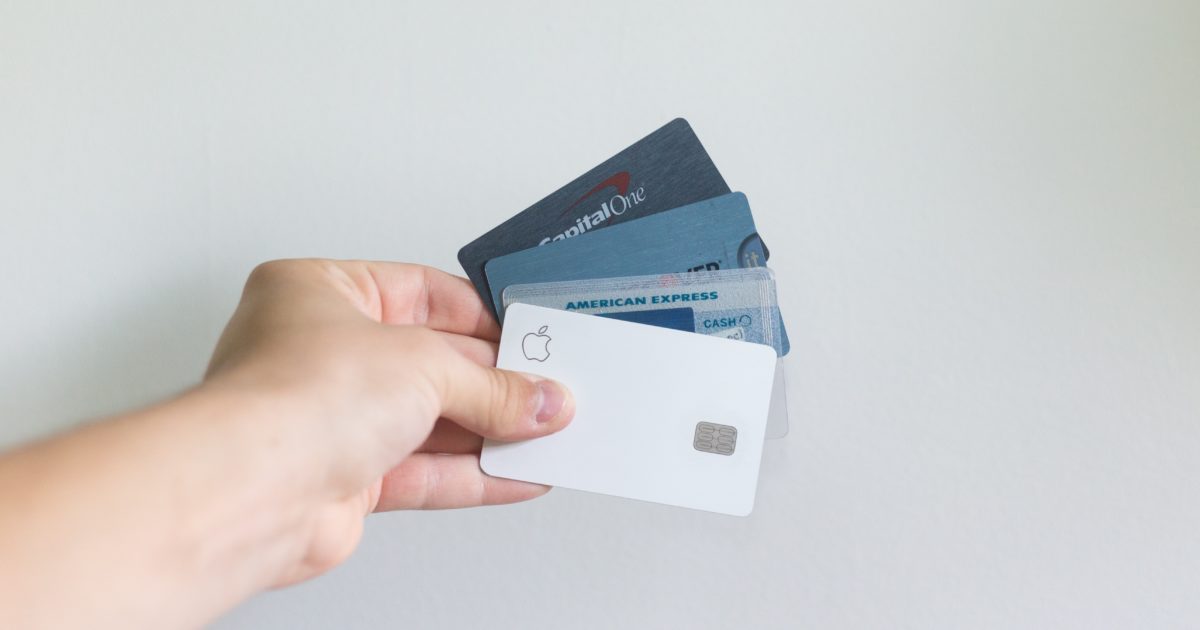For most, debt seems as inevitable as death and taxes. A May 2020 survey by CreditCards.com found that 120 million Americans have credit card debt – that’s an almost 4% increase from a similar survey conducted in March 2020. In other words, a lot of people have added more than just pandemic pounds, they’ve also added COVID credit card payments.
Nerdwallet found that Americans have an estimated monthly balance of revolving debt (balances carried from one month to the next) of $6,849 that costs an average of $1,162 in interest payments per year (September 2019 figures).
To put it lightly, Americans have a debt problem.
Here are a few ways to minimize your credit card debt and start saving more.
Pay off the highest interest first
If you have more than one credit card and are carrying a balance every month, start paying more toward the bill with the highest interest rate first. The goal is to decrease your overall interest payment by decreasing the principal balance. If you tackle the highest interest rate card first, you’ll pay down the debt faster. This is called the debt avalanche method.
Focus on principal
There’s always an option on your credit card statement to pay extra towards the principal balance. By selecting this option you will decrease both the principal and interest balance on the debt every month. Even an extra $25 per month towards principal will make a difference over the course of a year.
Pay off one card at a time
Once Card A, with the highest interest rate, is paid off focus on the second highest interest rate card. Use the money you were spending to pay off Card A to pay off Card B. You’ll pay off Card B faster by using money you are used to already spending every month.
If you have $10,000 in credit card debt across three different cards, you could also focus on paying off the lowest bill first. You’ll get a confidence boost for paying off one debt, even if it wasn’t the highest interest rate card. This is called the debt snowball method.
Never miss a payment
Whatever you do, do not miss a payment. Missed payments mean more fees and extra money coming out of your pocket. Set a calendar reminder on your phone or email or set up an automatic payment for a minimum amount every month.
Call and ask for a lower interest rate
We recommend calling your credit card companies (and other utilities and services, for that matter) at least once a year. You may be able to negotiate a lower interest rate or find you are overpaying for services and perks you don’t utilize. If it works, a simple 20 minute phone call could save you thousands.
Get a 0% APR card
If you have multiple credit card balances, it might be a good idea to consolidate your debt into one payment. By transferring to a 0% APR card, you’ll have no interest payments for a set timeframe. This will allow you to concentrate on paying off the debt without incurring more debt.
Budget
The only way to stop incurring debt is to budget your money and buy only what you need. This will mean tightening the spending belt and focusing on paying off the credit card debt instead of buying new things.
Managing debt can be daunting, but with these tips and taking it seriously, you’ll decrease your debt, increase your savings and come out on top.
***
This article is part of our community resources section. Be sure to see all of our helpful articles here. And if you like this one, be sure to share it!

